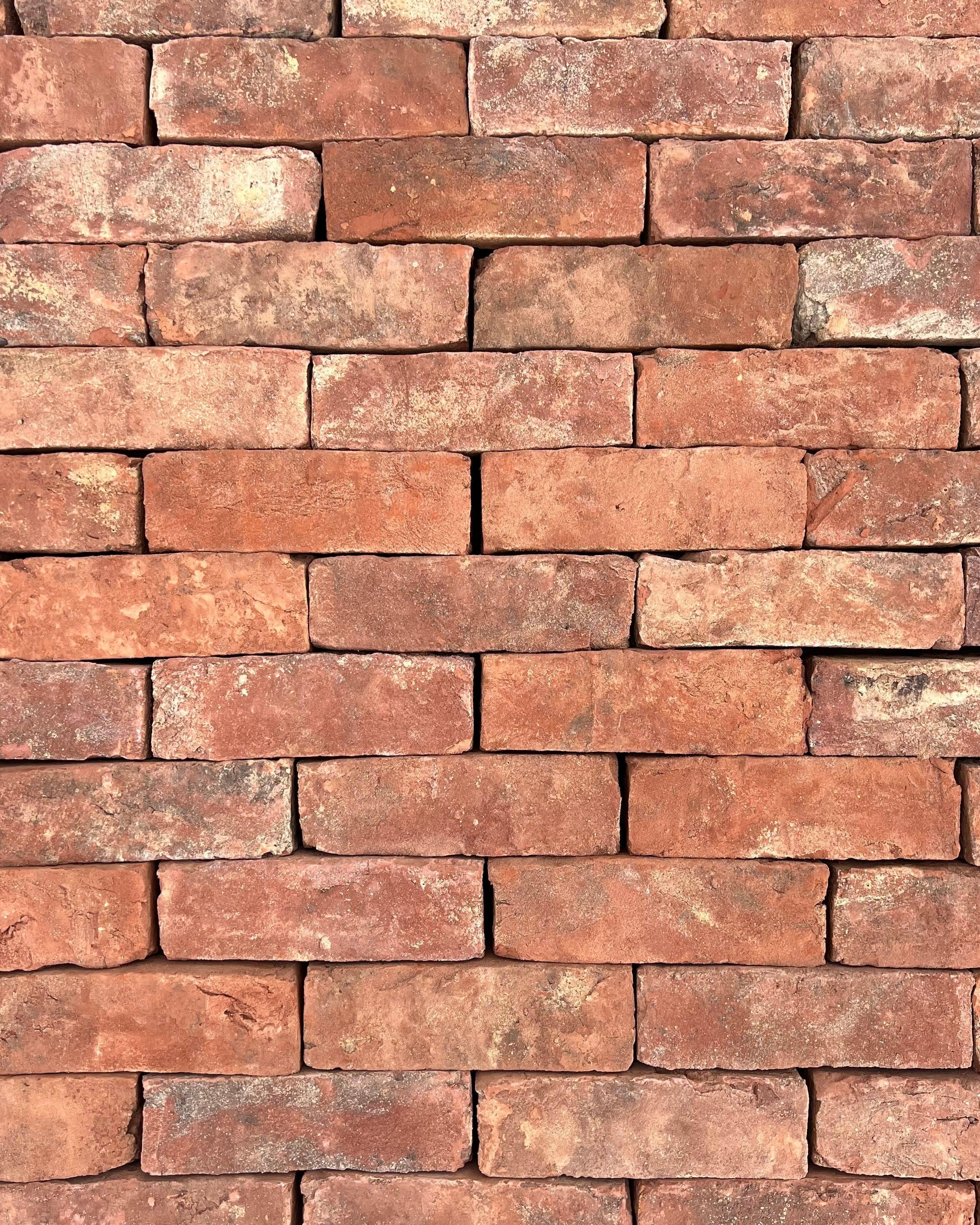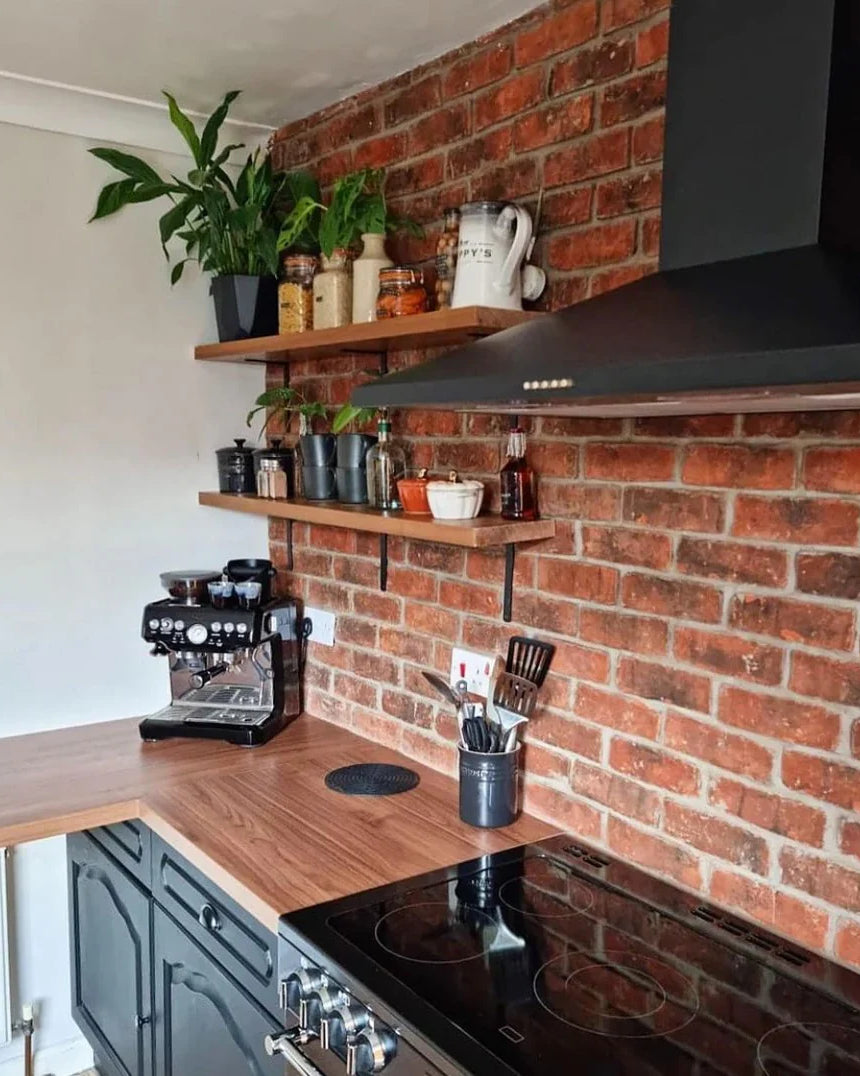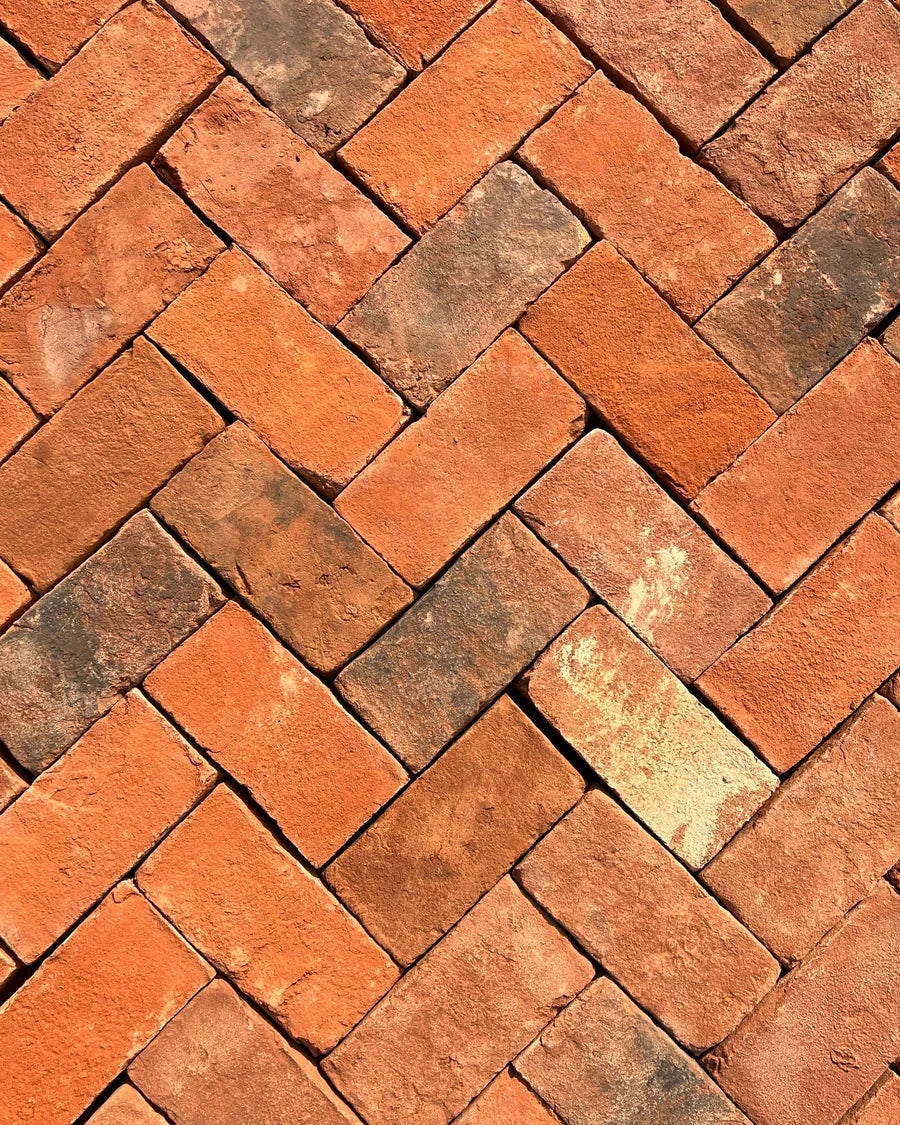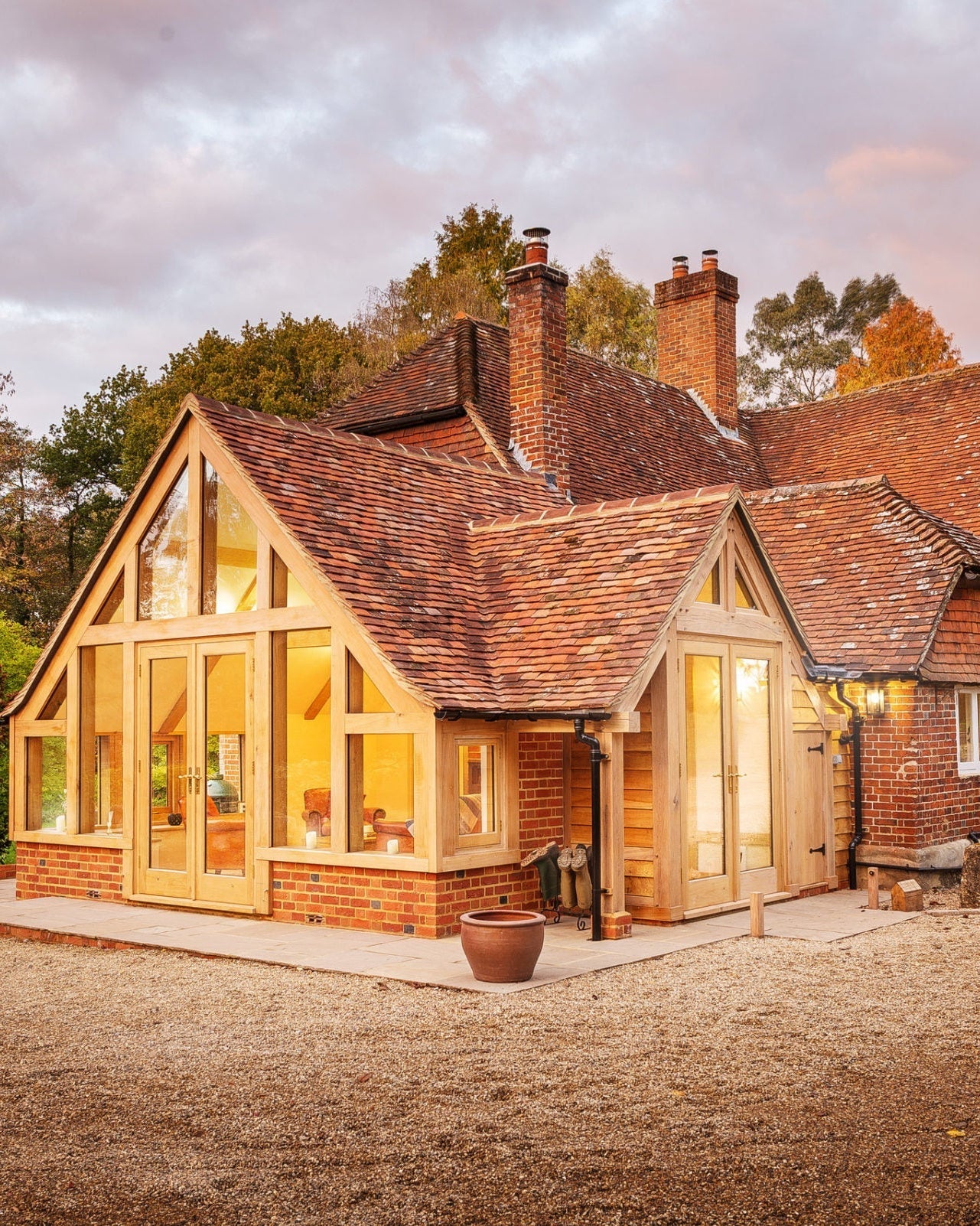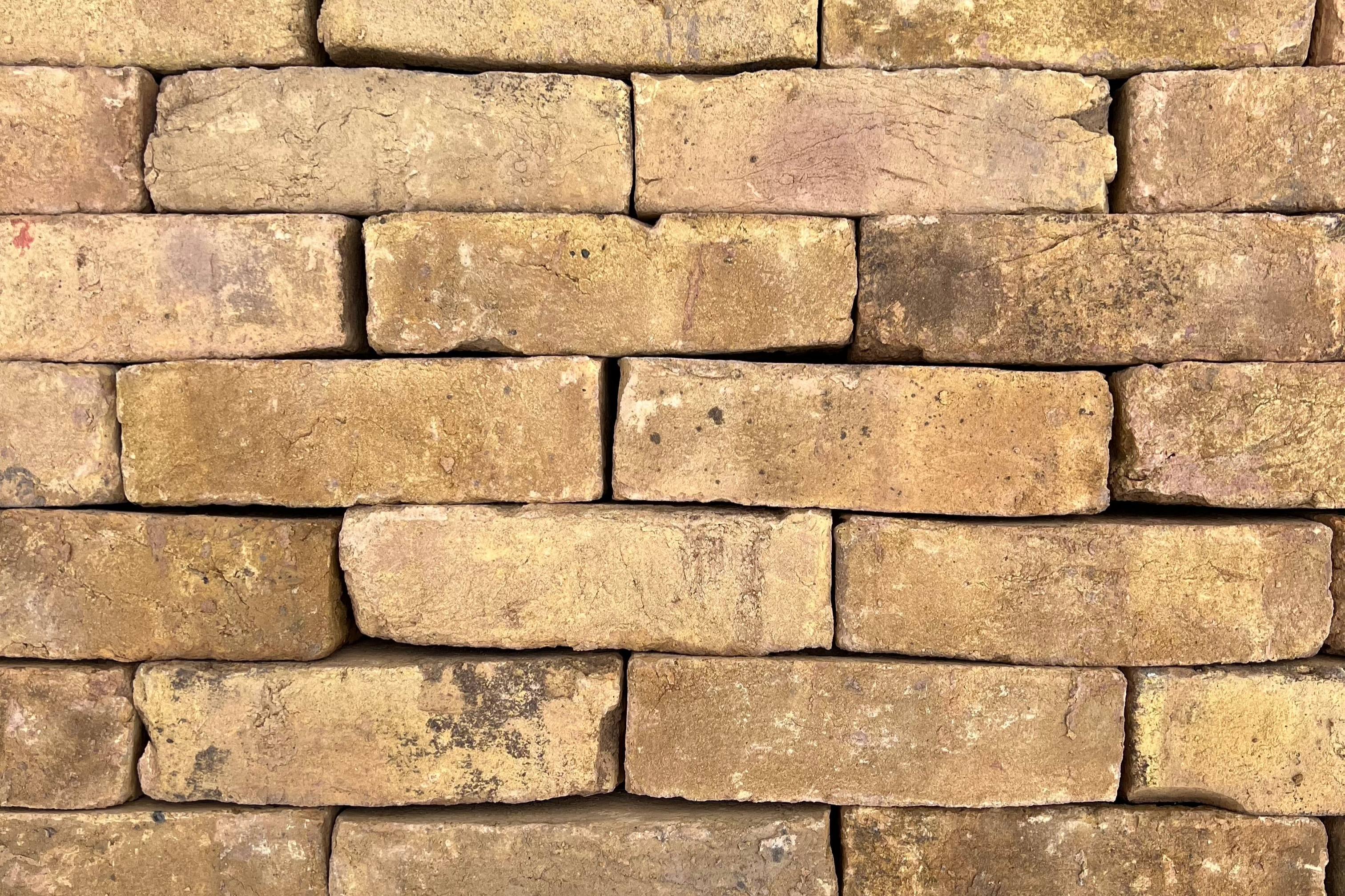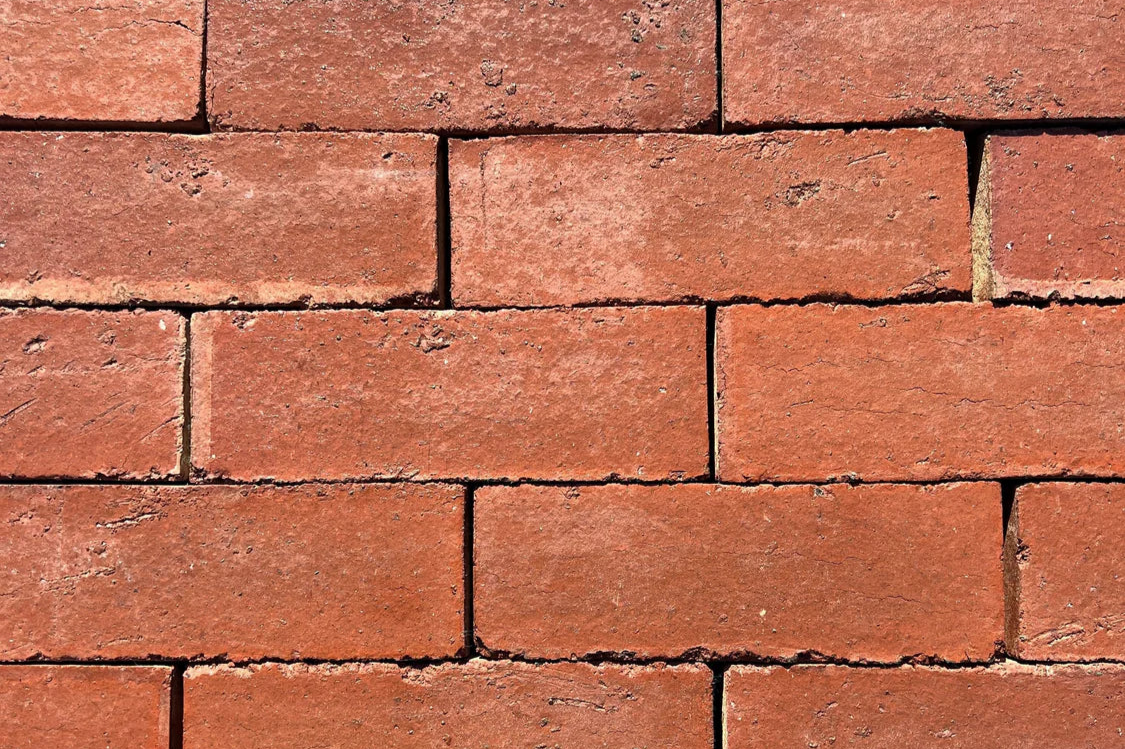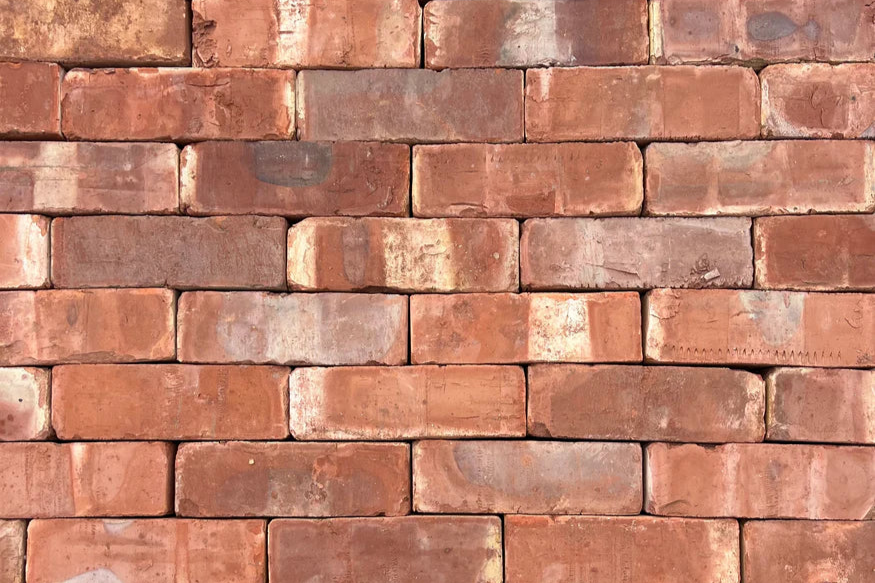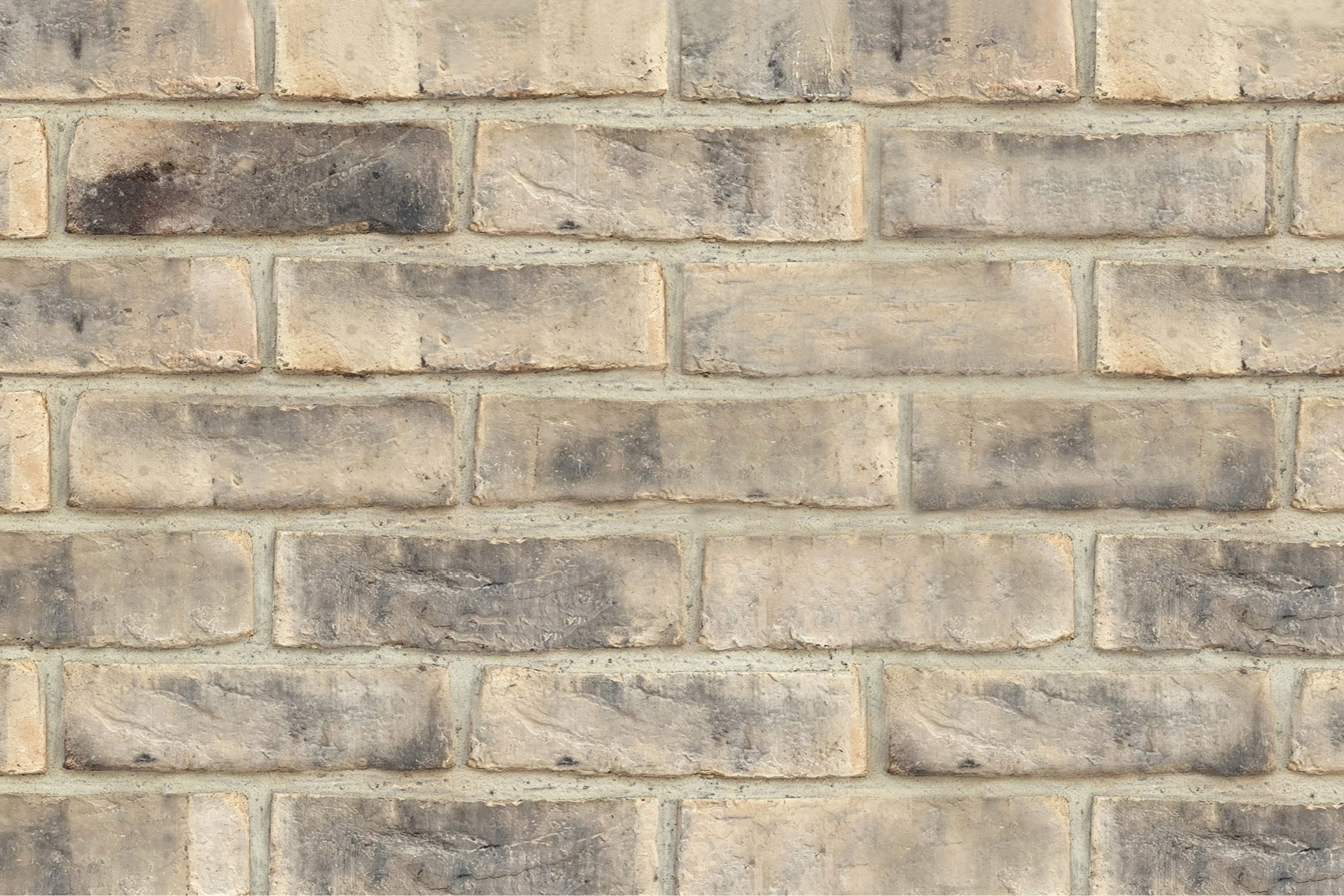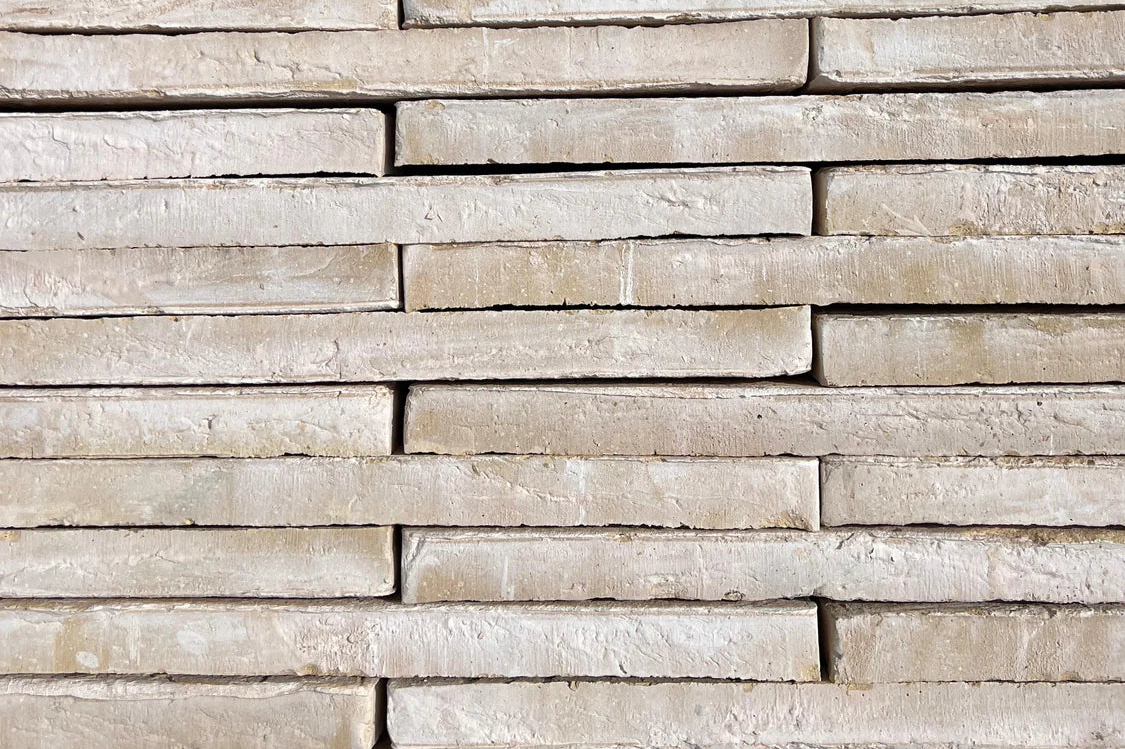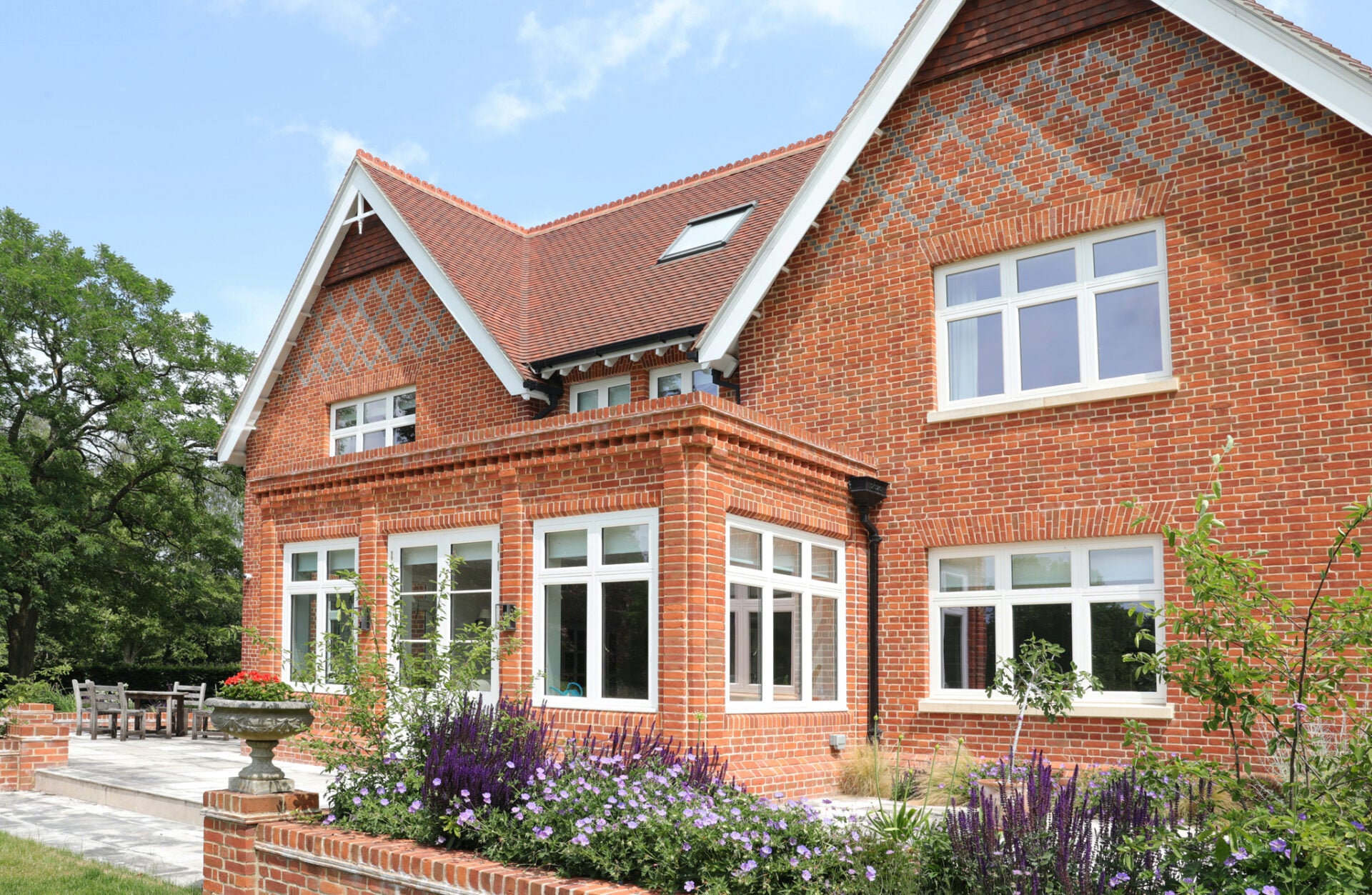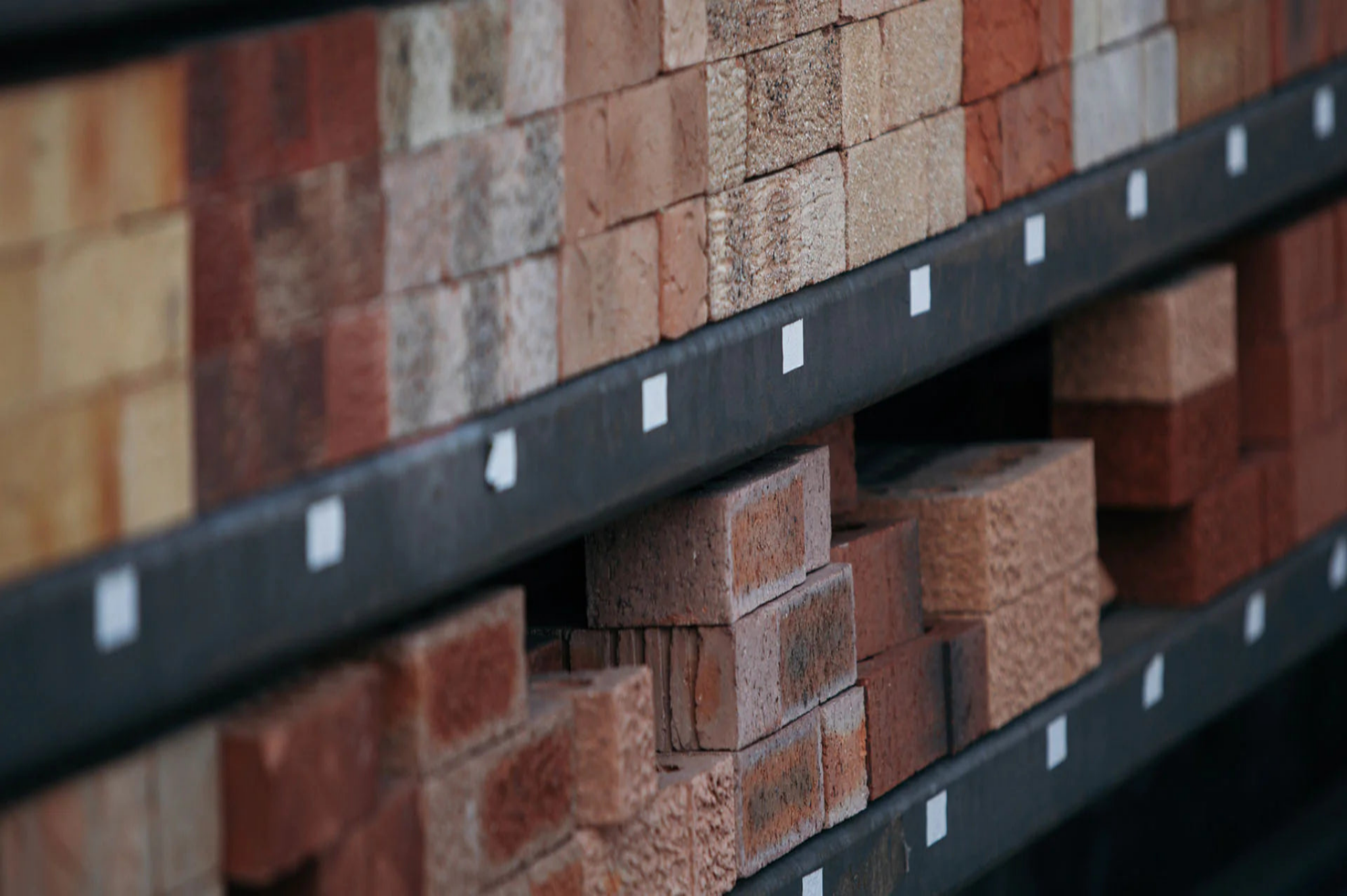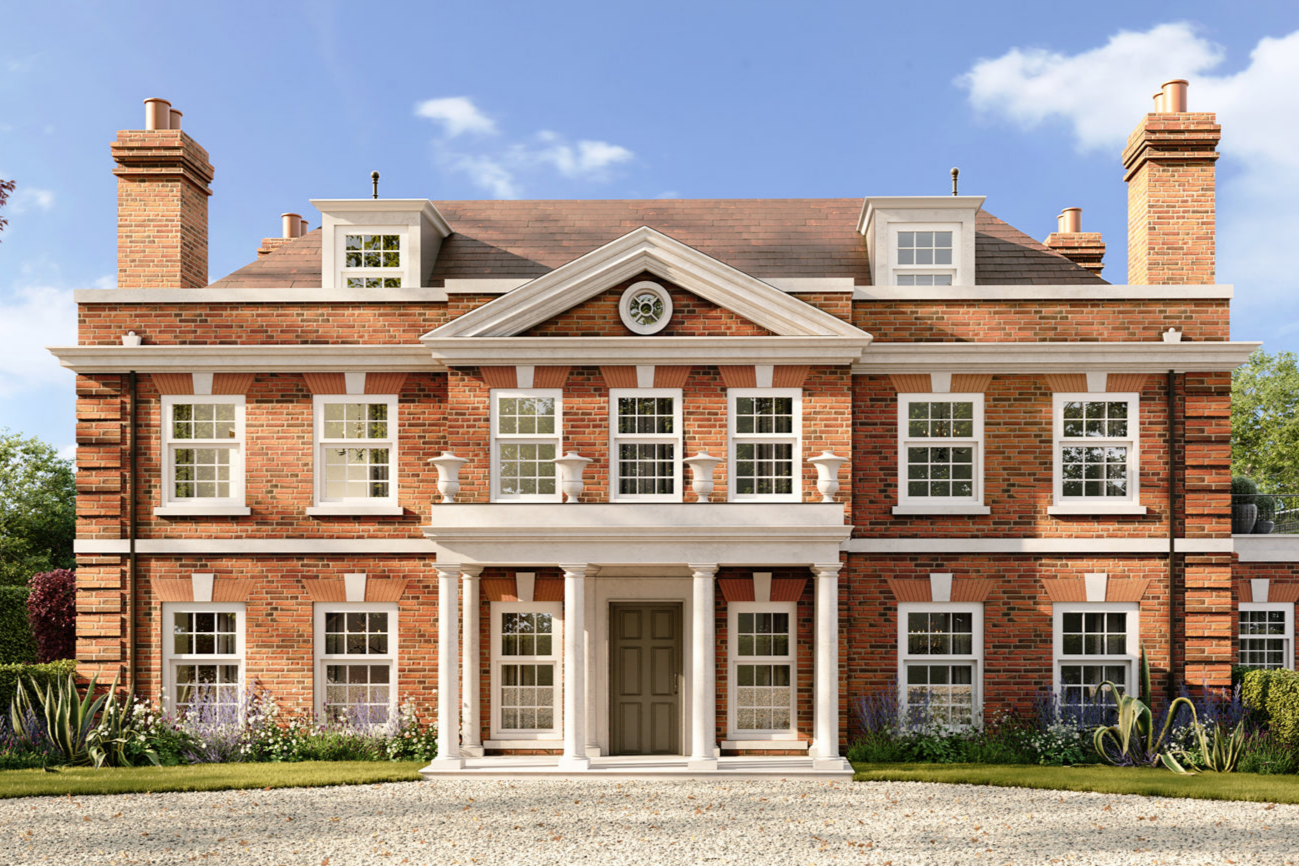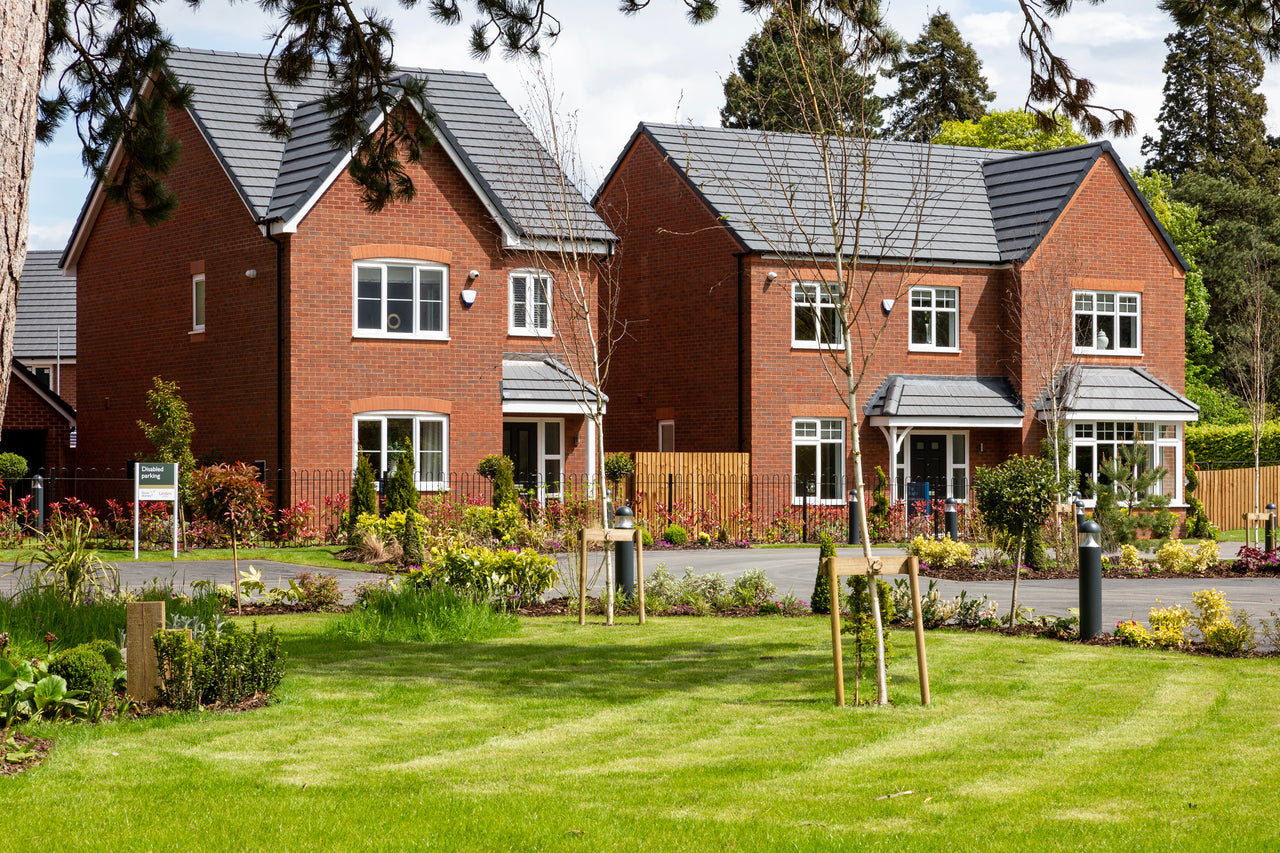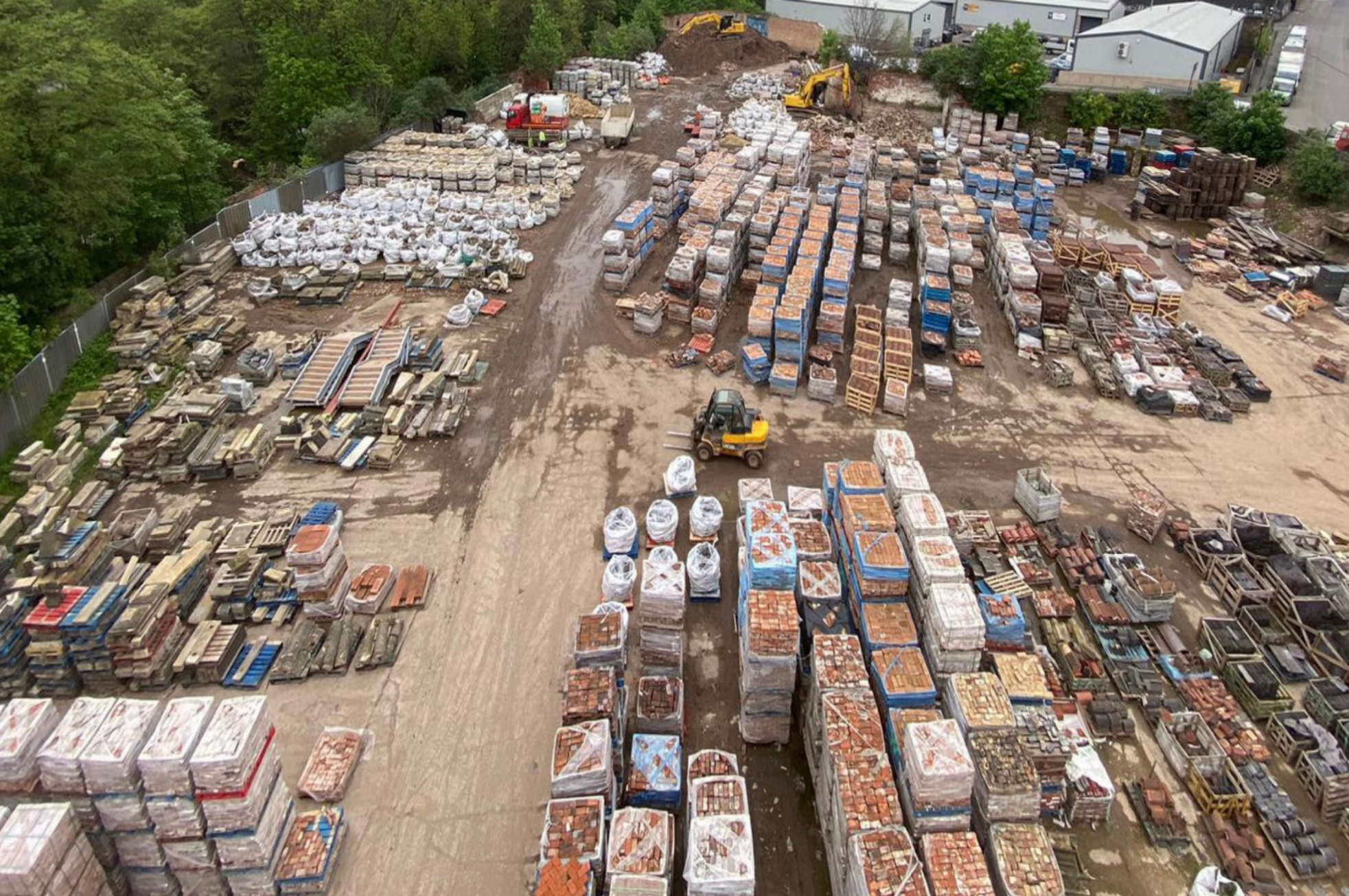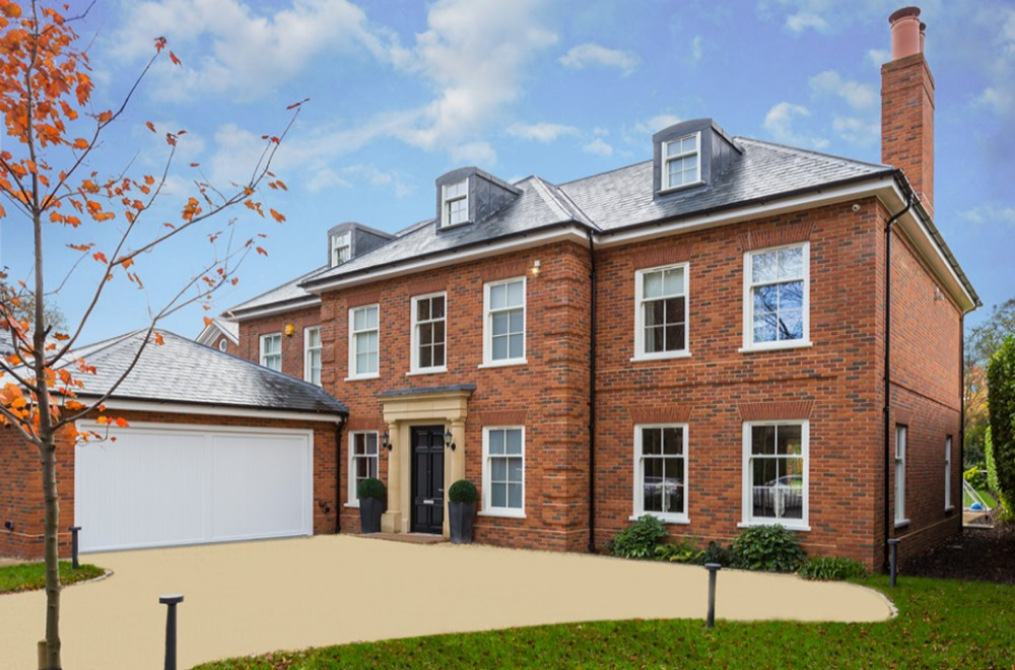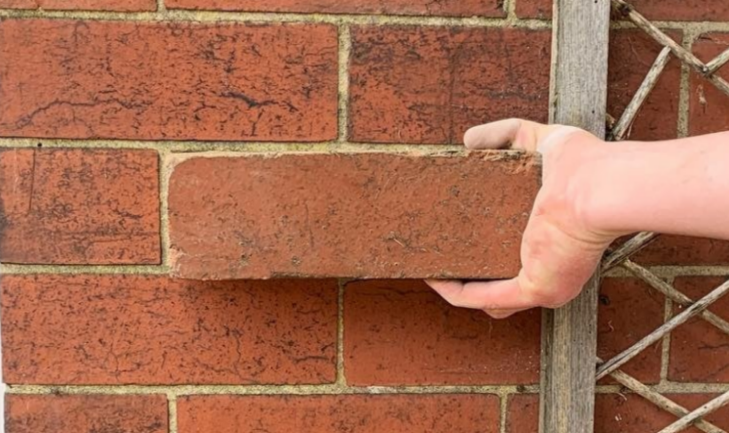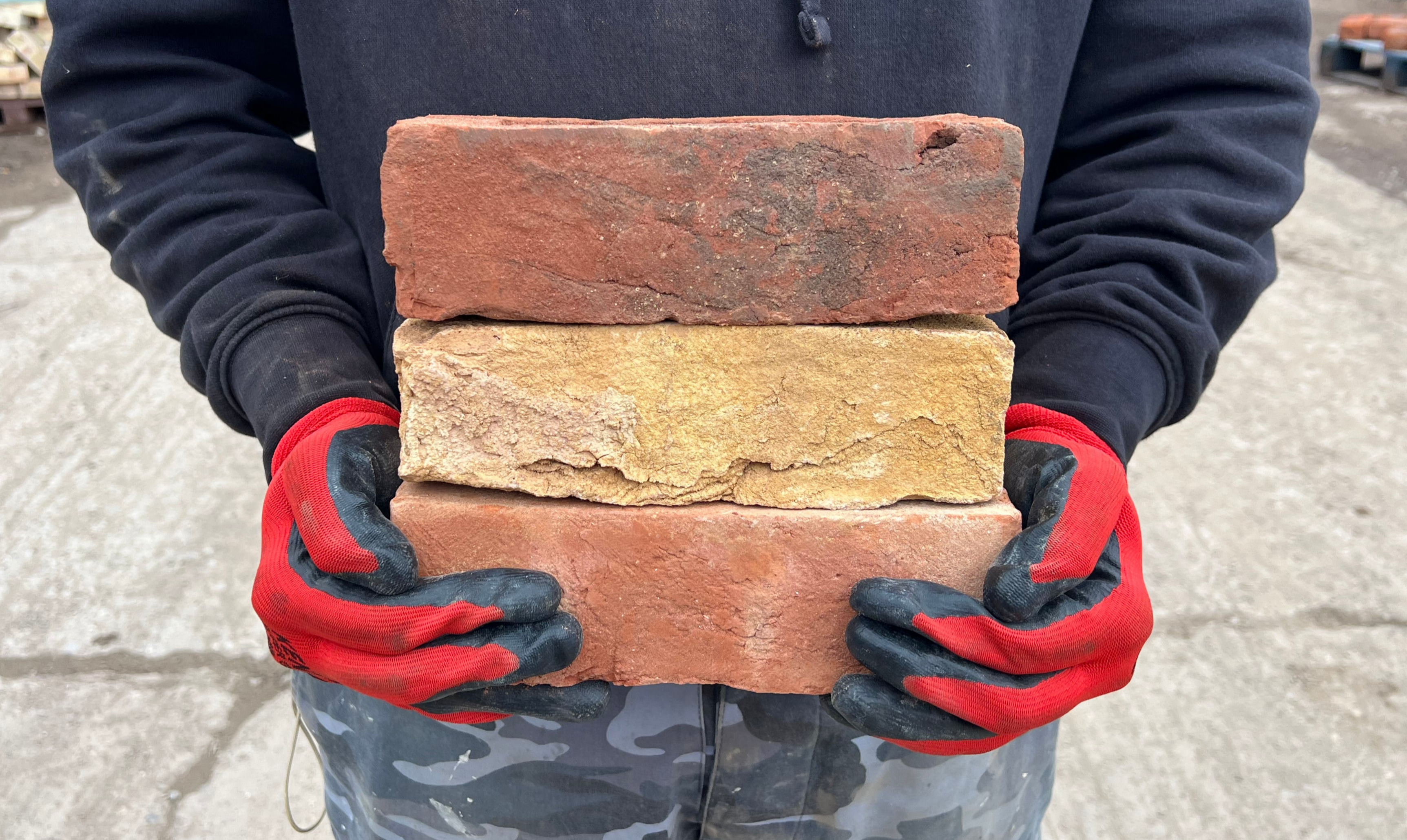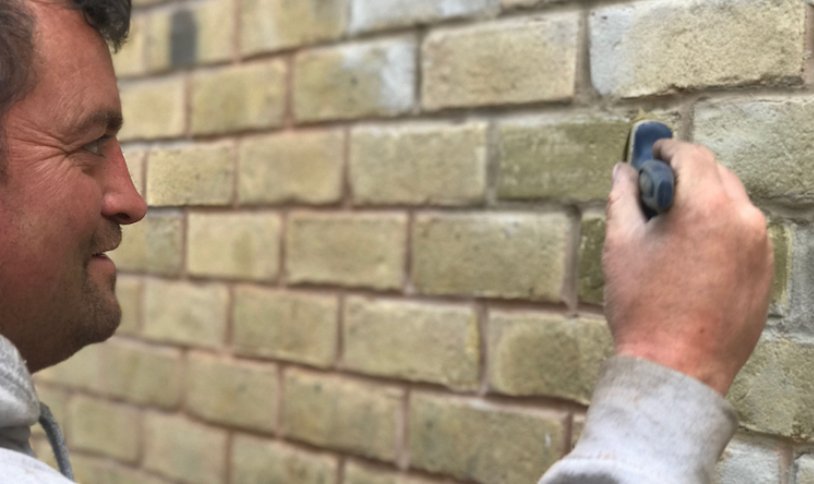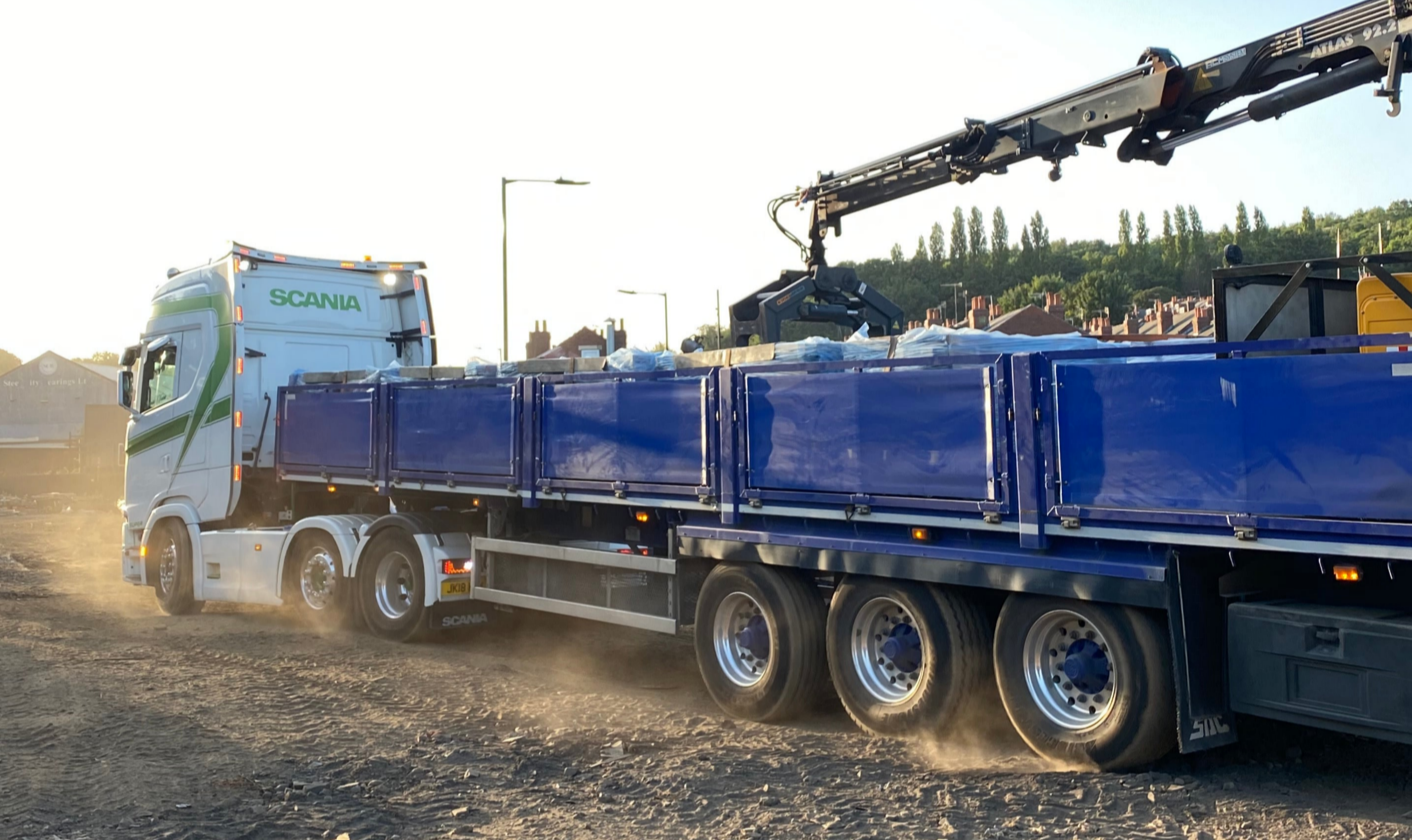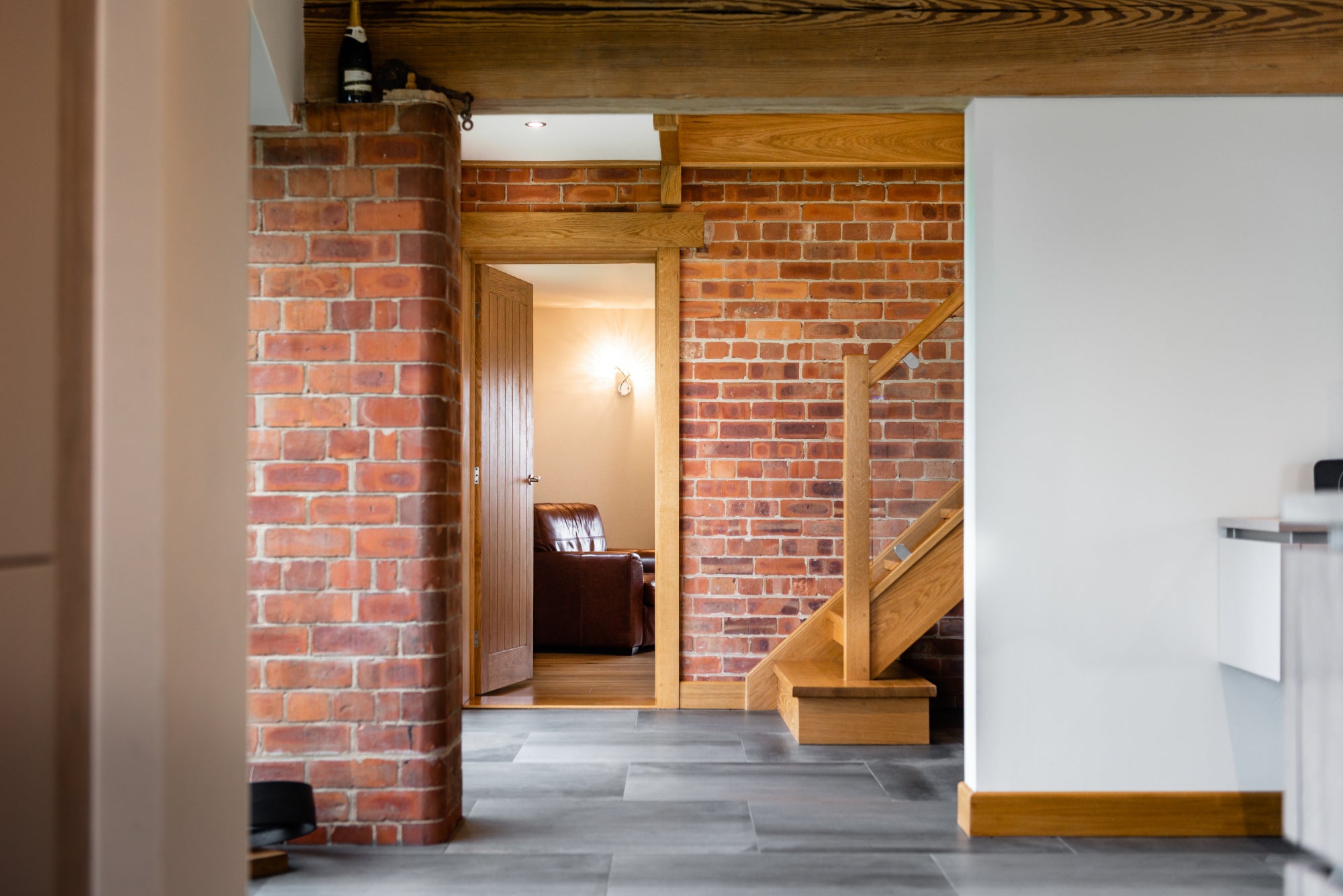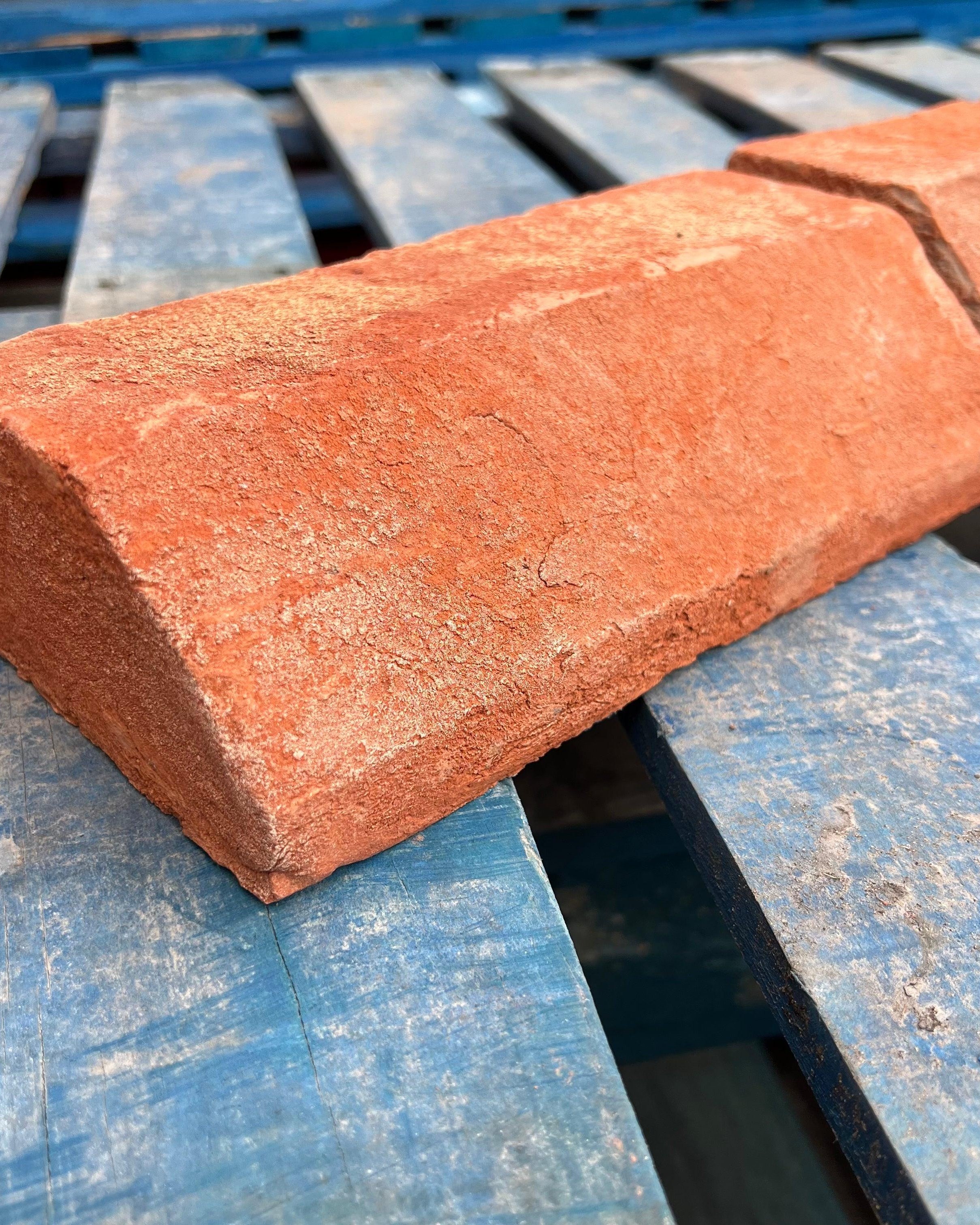Find our how we can help Your Project Today? Contact Us
At Heritage Brick Company, we are passionate about building conservation and the preservation of Britain’s historic architecture. We have a wealth of experience in making traditional hand-thrown, machine-made, and tumbled reclaim-looking facing bricks. Our master brickmakers use age-old hand-throwing skills, traditional kiln firing and highly sophisticated weathering techniques in order to create bespoke blends that can match the precise colours, shapes, sizes, and textures of most regional and historic brick types.
As heritage brick specialists, we have worked on a wide range, size and scale of historic buildings and properties of heritage & conservation interest. This includes bespoke decorative and special shaped bricks, unique blends of brick, flint products, stone masonry and lime mortars. From sourcing the perfect brick match to the way materials are installed, we can have bespoke products made to match existing masonry. It’s a challenge that we relish to ensure we reflect the properties’ original state, understanding the importance of architectural masonry.
We have unrivalled experience within this sector acquired from many years of dealing with clients, architects, manufacturers of bespoke British masonry, planning and conservation officers along with local authorities – we have a vast network of contacts which enables us to source the correct product and understand what is required to obtain approval with all stakeholders within a project, thus ensuring that preserving conservation and heritage assets is as simple and easy as possible.
Flagship award-winning heritage and conservation projects that have required our specialist skills include the restoration of Raby Castle, Eyewitness Works, the Yorkshire Gallery, as well as several Historic England and National Trust properties.
Committed to British Heritage & Conservation of Buildings
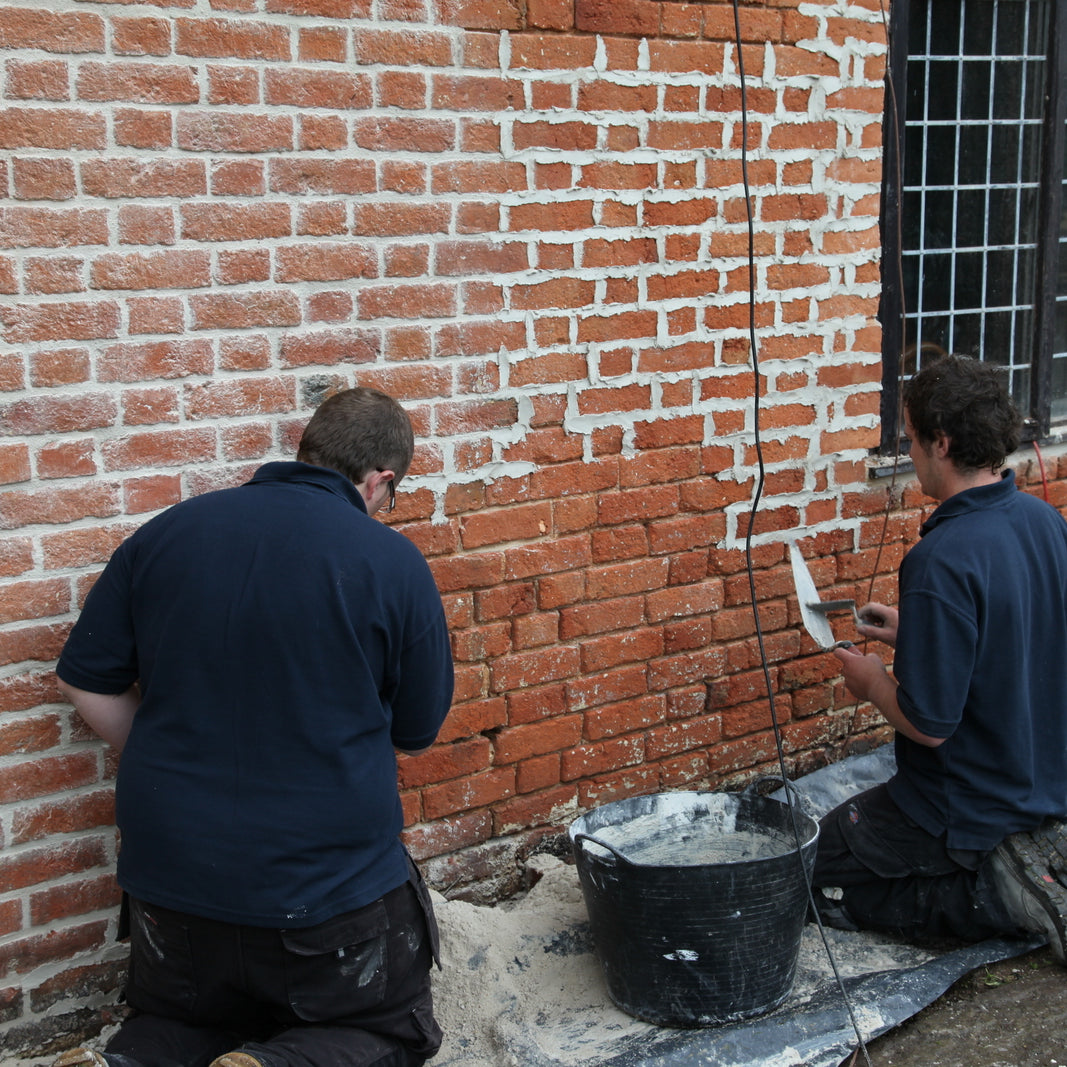
Brick Restorations
Heritage Brick Company offers a tailored approached to brickwork restorations, our specialist team access the project requirements and provide a complete solution whether that's a repair or full brickwork replacement.
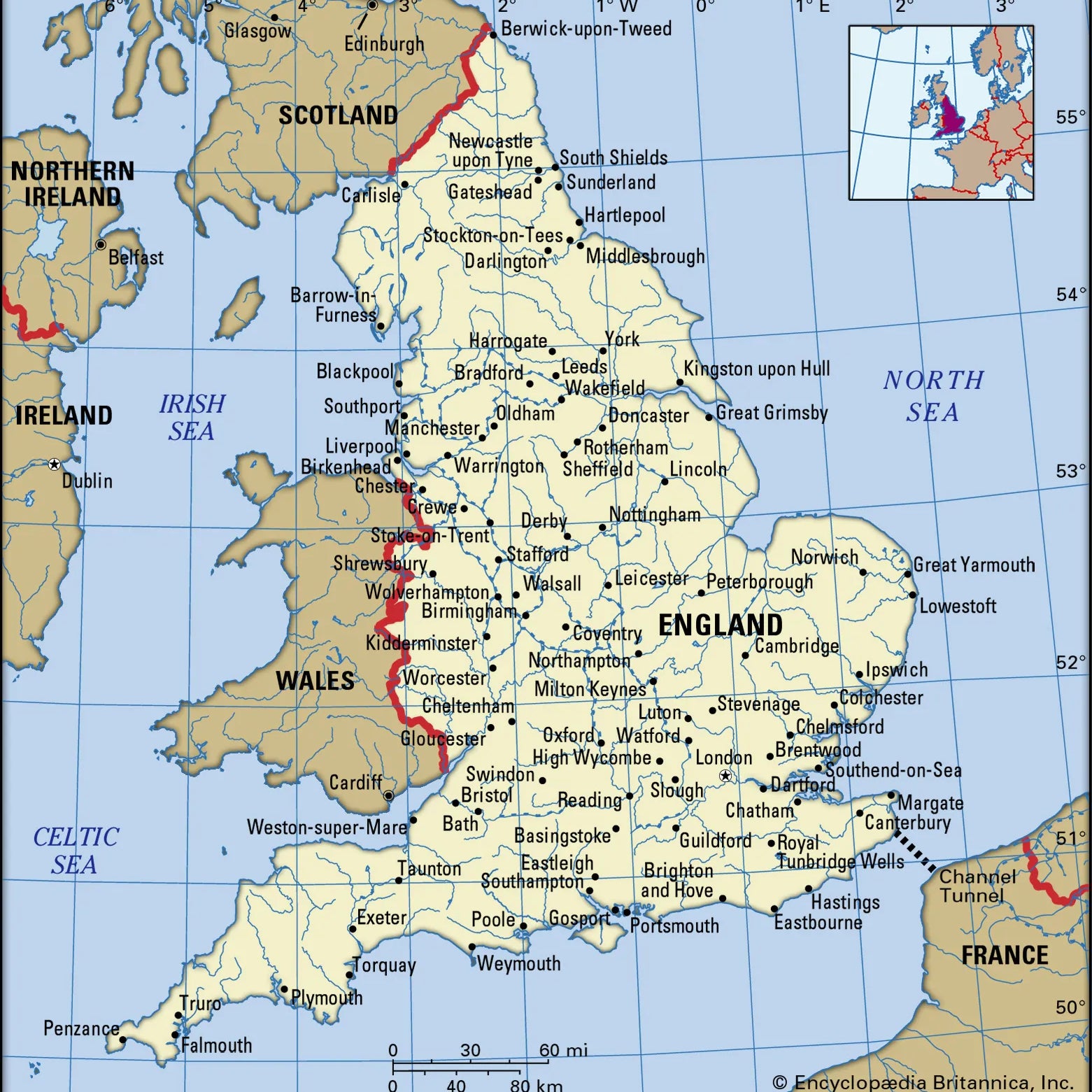
Conservation Areas
Conservation areas in the United Kingdom are areas with special architectural or historic interest that are protected by extra planning controls. These areas are designated by local planning authorities and compiled by Historic England. When sourcing bricks it's importance to take great care in the selection process to meet these heritage & conservation values and traditions.
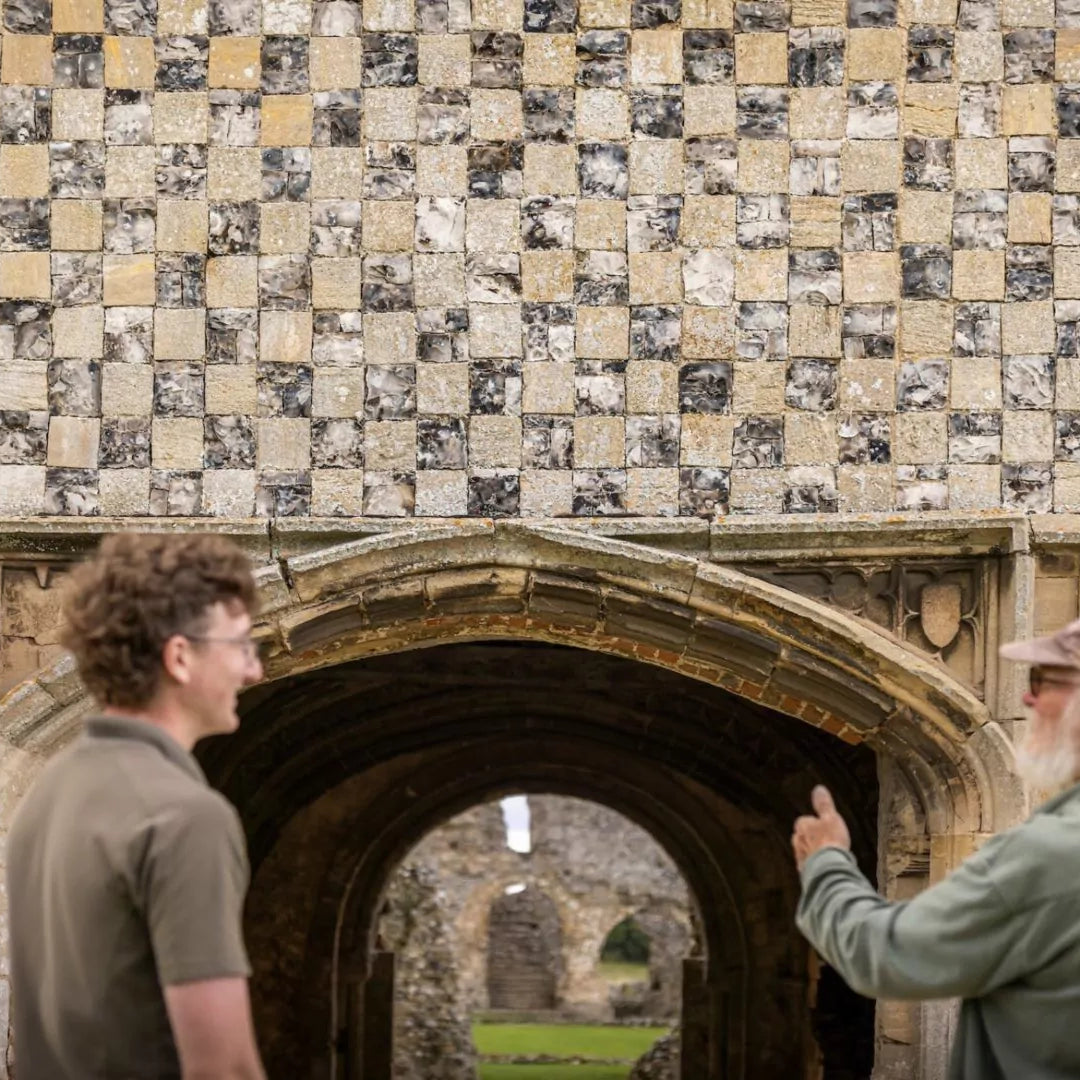
Consultations
Our specialist conservation and heritage team is passionate about giving new life to the places and spaces forged in the past – making them relevant and functional for today. We understand how history connects us to a meaningful past and provide pointers to a successful future, and the sense of community and ownership which can be gained from celebrating the roots of local culture.
How to Enquire?
We simply require a good quality image of existing brickwork to generate a blend or weathered match, however on some occasions we may need to send one of our experts to view the site.
Heritage and conservation considerations are a key element of our comprehensive brick solution service. Simply fill in our contact form or email the team today.
We strive in providing solutions to brickwork problems associated with heritage and conservation restraints, we specialise in offering a perfect solution to existing brickwork every time.
Our Property Conservation Solutions
Consultation on material selection
Access to an entire market of masonry products
Bespoke brickwork solutions
Client & contractor liaison
Technical consultation
Site & offsite visits
Local planning authority guidance
FAQs - Brick Conservation & Heritage Restoration of Brickwork
Is my brick Metric or Imperial?
You can tell if your brick is metric or imperial by comparing its dimensions to the standard sizes for each:
- Metric - The standard metric brick size in the UK is 215 x 102.5 x 65 mm. This size has been in use since 1965.
- Imperial - Imperial bricks are generally larger than metric bricks and are measured in inches. There is no single imperial brick size, but popular sizes include 228 mm long by 108 mm wide, with a height of 50 mm, 68 mm, 73 mm, 75 mm, or 80 mm.
Brick sizes have varied over time in the UK:
- Before 1780: Bricks were often two inches in size.
- 1784: A government tax on bricks led brick makers to produce larger bricks so fewer were needed for a wall.
- 1850: The tax was repealed, but many brick makers had already invested in machinery to make larger bricks, so they persisted.
- 1965: The metric system was adopted as the standard.
If you're replacing bricks in an older building, you should check the original brick size to ensure consistency and a better visual finish.
What is the difference between heritage conservation and preservation?
Preservation and conservation are sometimes both used interchangeably, not knowing the difference in meaning. Preservation is the protection of historical and cultural sites from human impact and human misuse altogether, while conservation is the protection and maintenance of historical and cultural sites by regulating human activity and not outright eliminating humans from the sites.
A Surfacing Divide: Preservationists and Conservationists
In the early 20th century, as environmental movements were popping up left and right, two factions emerged, the Preservationists and the Conservationists. Both factions believed in a greater good, just with differing opinions on the matter at hand as one wanted human impact to be regulated and one wanted it removed and eliminated.
One of the many preserved sites, Stonehenge, does not allow people within 15 yards of the stones. This restriction is possibly a consequence from the 1900s, when damage to the stones was increasing and the English government, realizing its historical significance, took matters into their own hands and implemented such a restriction in order to better preserve Stonehenge remains by inserting a rope around the remains to act as a sort of barrier, protecting them from vandals to this day.
An example of a historical site that was conserved and repaired is Khonsu Temple, a temple that is part of the Karnak temple complex among the seven main temples of Luxor. The temple is accessible to all tourists with a standard fee, making the entire temple open for tourists with some exceptions of weak spots, tunnels, and elevated spaces that visitors are restricted from approaching.
The currently preserved and conserved zones are going mostly pre-historical territories and sacred religious buildings as they are deemed by society significantly important buildings. The majority of such territories have been mostly influenced by religion and art throughout the ages. Since ancient times, people have maintained churches and synagogues as they were the most prominent and important sacred structures of that time. The ongoing conservation and preservation of such structures goes to show how important they continue to be in the eyes of society and individuals.
What is the meaning of conservation and heritage?
Heritage conservation is about managing change. It is planning based on the inherited culture and cultural artifacts of a place, structure or object. It means assessment, interpretation, conservation, documentation and, most certainly, strategic management.
What size are old heritage bricks?
Heritage Bricks come in three main size categories
Metric: 65mm x 215mm x 102mm
Southern Imperial: 68mm x 228mm x 110mm
Northern Imperial: 75mm x 228mm x 110mm
Bespoke sizes can be made to specific requirements on request.
How heritage bricks are restoring the past
Heritage Bricks are perfect if you’re considering a new build or an extension to an existing property. After all, it’s often a prerequisite of planning permission that the colour and type of finishing materials are approved as suitable for the area by the Local Planning Office, before permission is granted.
This is especially important in areas of conservation, or designated Areas of Outstanding Natural Beauty. But also, equally important for aesthetics.
We are bringing the past to the present, with our wide range of old style and heritage bricks available for immediate delivery. They are available in a variety of colours and textures, and all pre-weathered, so we’re confident that Heritage Brick Co has the perfect match for your brick project.
How an Heritage brick consultation can help?
We identify whether existing infrastructure still has a role to play, and prioritise restoration making them fit-for-purpose wherever possible – all the while remaining sensitive to the original design features and purpose of a place.
Should old bricks be replaced or restored?
Whether to restore or replace old brickwork depends on the condition of the brickwork, the building's history, and the desired outcome:
- Historic buildings - For historic buildings, it's generally better to repair rather than replace brickwork. Repairing can help preserve the building's authenticity and historic fabric. For example, a mason can sometimes remove a brick, turn it around, and put it back in the wall.
- Brick condition - If the brick is too worn or crumbling, it may need to be replaced. Signs that a brick building needs restoration include cracked mortar, dampness, missing or damaged bricks, and a faded appearance.
- Cost and disruption - Brick restoration can be cost-effective and cause less disruption than replacing and rebuilding the brickwork.
- Underlying issues - It's important to have a mason inspect the building to determine if there are any underlying issues that need to be fixed. If the underlying issue isn't fixed, the brickwork will likely continue to be problematic.
You can clean brickwork with a mixture of table salt and dish soap. Once the paste is removed, you can use a sealant to keep the bricks in good condition.
Can brickwork on an grade two listed property be restored?
Yes, brickwork on a Grade II listed building can be restored, but you'll need written consent from your local authority:
- Get consent - You'll need to contact your local council and provide a detailed description of the work you plan to do. The local authority will consider the building's condition, historical significance, and other factors.
- Follow the rules - You'll need to respect the building's character and design. For example, you can usually do general maintenance and repairs using like-for-like materials.
- Be prepared for penalties - Renovating a Grade II listed building without consent can result in financial penalties and even prison time.
Helical bars can be used to strengthen brickwork in listed buildings. They can be concealed in the mortar bed of the wall and can be used to stitch and strengthen cracked masonry, tie separating layers of wall, and more.
How to get a Free Brick Match?
There are several ways that you can get a free brick matching services, including:
- By Email
- Filling in our online form
- Project Site Visit
- Visit our Brick Showroom
The Heritage Brick Yard provides a free and easy brick matching service in just a few simple steps. Our team of friendly and knowledgeable staff offer a comprehensive service delivered with the most extensive knowledge in the area.
Can I order Brick Samples?
Order via Product Page
On the specific product page, to the right of the product image there is an 'Order Sample' Button. Click the button to order your sample online.
Order via Email
Simply email our sales team your project requirements and specific product you wish to order a sample.
Visit Us
If you are close by or wish to see our full range, why not come and visit us at our bespoke Brick Centre? and take samples away free of charge.
Our Story
Heritage Brick Company is a family-run brick manufacture and distributor based in Yorkshire, using traditional manufacturing methods, our skilled brickmakers expertly reproduce authentic colours and textures historically found throughout each region of the UK in both metric and imperial brick sizes. Best known for its vast selection of high-quality products and exceptional service.
Download the Brick Catalogue
Our catalogue of curated traditional clay bricks contains the latest collection of colours and textures, produced using modern machinery and traditional manufacturing methods.

